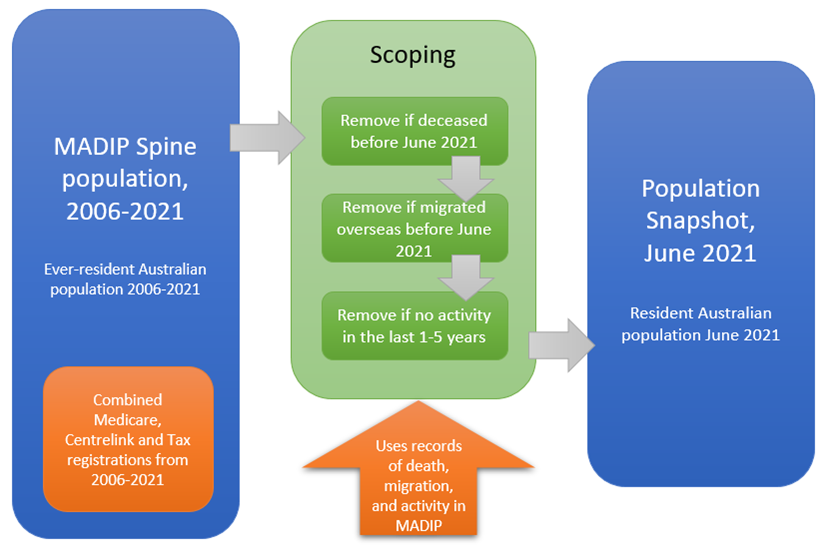Chart 5. National age distribution of population snapshot and ERP
[["0","1","2","3","4","5","6","7","8","9","10","11","12","13","14","15","16","17","18","19","20","21","22","23","24","25","26","27","28","29","30","31","32","33","34","35","36","37","38","39","40","41","42","43","44","45","46","47","48","49","50","51","52","53","54","55","56","57","58","59","60","61","62","63","64","65","66","67","68","69","70","71","72","73","74","75","76","77","78","79","80","81","82","83","84","85","86","87","88","89","90","91","92","93","94","95","96","97","98","99","100"],[[263],[290.19999999999999],[297],[300.80000000000001],[309.5],[319.39999999999998],[317.60000000000002],[321.69999999999999],[326.39999999999998],[322.30000000000001],[319],[322.10000000000002],[321],[321.5],[319.10000000000002],[307.39999999999998],[297.80000000000001],[293.10000000000002],[291.5],[294.80000000000001],[308.19999999999999],[319.89999999999998],[323.60000000000002],[331],[343.80000000000001],[352.39999999999998],[366.5],[369.60000000000002],[374],[376],[382.89999999999998],[388.30000000000001],[382.19999999999999],[381.10000000000002],[379.89999999999998],[380.5],[381.5],[378.80000000000001],[378.19999999999999],[367],[355],[343.5],[335.19999999999999],[328.19999999999999],[323.89999999999998],[323.19999999999999],[328.5],[333],[341.10000000000002],[353.19999999999999],[353.80000000000001],[332.19999999999999],[328.10000000000002],[313.60000000000002],[306.80000000000001],[303.89999999999998],[306.5],[315.5],[317.30000000000001],[313.69999999999999],[307.89999999999998],[297.80000000000001],[293],[284.80000000000001],[276.69999999999999],[270.19999999999999],[262.60000000000002],[254.40000000000001],[251.40000000000001],[242.40000000000001],[236.69999999999999],[233.30000000000001],[223.80000000000001],[221.69999999999999],[230.09999999999999],[183.19999999999999],[175.30000000000001],[164.09999999999999],[143.09999999999999],[138.80000000000001],[125.5],[117.90000000000001],[109.59999999999999],[100],[91.799999999999997],[81.299999999999997],[72.200000000000003],[63.299999999999997],[56.5],[49.399999999999999],[45],[38.5],[31.399999999999999],[25.5],[19.600000000000001],[15],[11.199999999999999],[8.0999999999999996],[5.5],[3.7999999999999998],[5.2000000000000002]],[[298.80000000000001],[294.89999999999998],[301],[303.5],[310.80000000000001],[320.89999999999998],[319.19999999999999],[323.19999999999999],[326.69999999999999],[326.39999999999998],[324.60000000000002],[328.19999999999999],[325],[324.80000000000001],[321],[308.30000000000001],[297.39999999999998],[291.80000000000001],[288.89999999999998],[292.80000000000001],[309.10000000000002],[320.19999999999999],[323],[329.5],[341.19999999999999],[351.39999999999998],[362.89999999999998],[365.39999999999998],[368.89999999999998],[372.89999999999998],[381.89999999999998],[383.89999999999998],[379.5],[377.10000000000002],[376.80000000000001],[379.39999999999998],[377.80000000000001],[374.39999999999998],[373.69999999999999],[361.80000000000001],[352.5],[335.5],[328.5],[319.89999999999998],[318],[318.69999999999999],[322],[327.39999999999998],[334.89999999999998],[347],[350.10000000000002],[327],[322.5],[309.30000000000001],[302.80000000000001],[301.80000000000001],[305.19999999999999],[313.39999999999998],[316.69999999999999],[313.80000000000001],[310.60000000000002],[299],[292.89999999999998],[285.39999999999998],[277.60000000000002],[271],[262.30000000000001],[254.09999999999999],[250.5],[242.5],[238.69999999999999],[233.19999999999999],[224.69999999999999],[223.5],[226.69999999999999],[186.5],[175.19999999999999],[162.90000000000001],[144],[138.69999999999999],[125.7],[118.40000000000001],[109.59999999999999],[100.09999999999999],[91.599999999999994],[81.599999999999994],[71.900000000000006],[63.299999999999997],[56.600000000000001],[49.899999999999999],[45],[38.799999999999997],[31.600000000000001],[25.699999999999999],[19.899999999999999],[15.800000000000001],[11.6],[8.0999999999999996],[5.5],[3.7000000000000002],[5.2999999999999998]]]
[]
[{"axis_id":"0","tick_interval":"","axis_min":"","axis_max":"","axis_title":"","precision":-1,"axis_units":"","tooltip_units":"","table_units":"","data_unit_prefix":"","data_unit_suffix":"","reverse_axis":false}][{"value":"0","axis_id":"0","axis_title":"Number of persons ('000)","axis_units":"","tooltip_units":"('000)","table_units":"('000)","axis_min":null,"axis_max":"400","tick_interval":null,"precision":"-1","data_unit_prefix":"","data_unit_suffix":"","reverse_axis":false}]